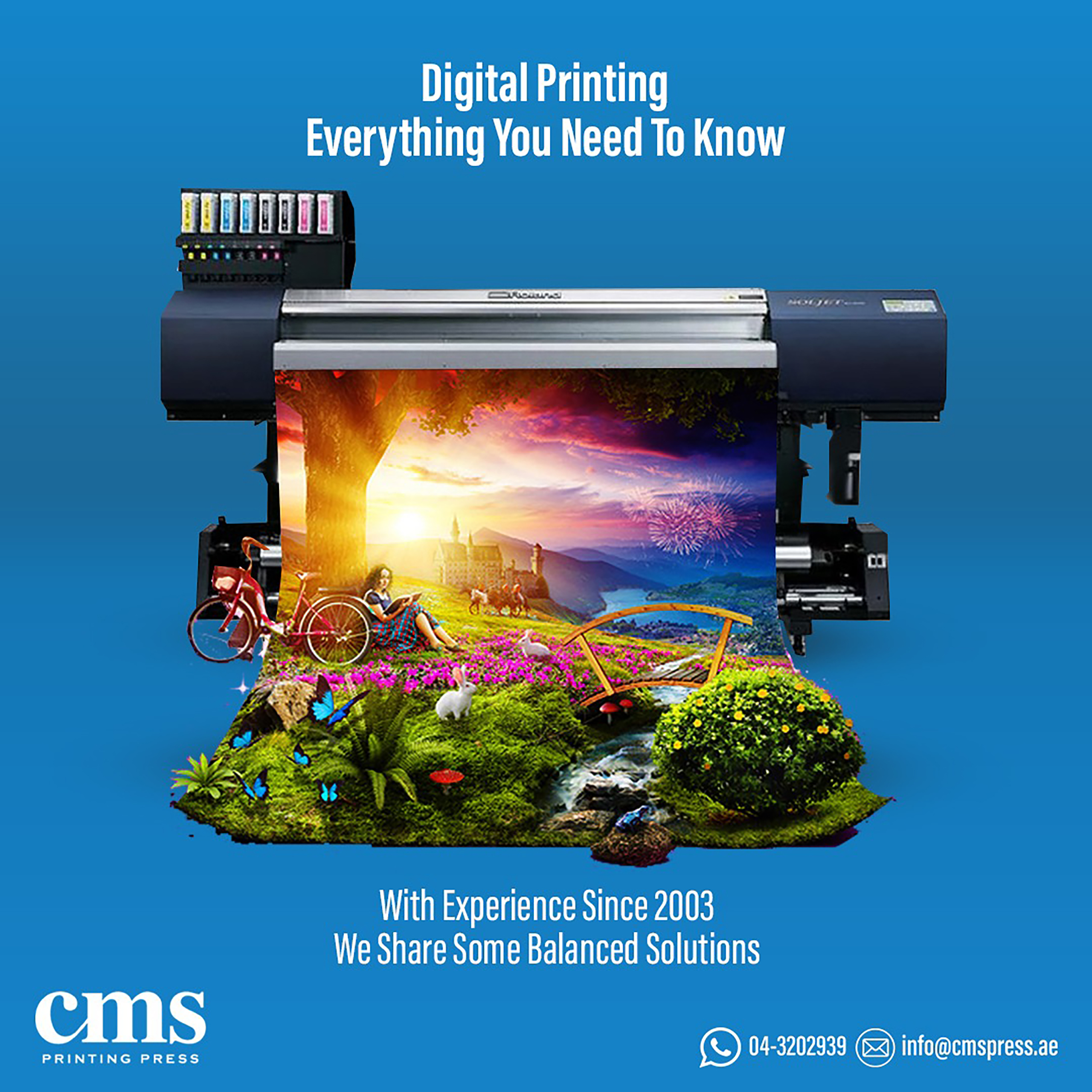Discover how to launch a small business using print on demand services immediately.
Discover how to launch a small business using print on demand services immediately.
Blog Article
Understanding Exactly How Digital Printing Reinvents the Printing Industry
The printing industry, long steeped in conventional methods, is going through a radical improvement with the arrival of electronic printing. With its prospective to stimulate engagement through personalized content and to use sustainable options, it's clear that digital printing is even more than a technological innovation; it's a critical game changer.
The Development of Digital Printing: A Brief Overview
Because its inception, electronic printing has actually gone through substantial changes, continuously changing the printing market. With the advent of the 90s, digital printing modern technology began to develop, and the industry saw the intro of direct imaging presses, which removed the need for publishing plates. As the new millennium unravelled, improvements in modern technology further stimulated the growth of digital printing, leading to the production of high-speed inkjet printers.

Unboxing the Modern Technology Behind Digital Printing
Digging right into the details of digital printing modern technology, one comes across an abundant tapestry of sophisticated machinery and facility algorithms. At the heart of this process exists a digital photo, which is refined by software application that divides it into a grid of dots. These dots are after that transformed into a digital code. This code is analyzed by the printer, which uses it to exactly deposit beads of ink onto the substratum. The beads are so little and specific that they produce a photo that is practically equivalent from the original. This complex system, bolstered by advanced software program and high-resolution imaging, has changed the landscape of the printing sector, leading the way for extraordinary levels of information and accuracy.

The Benefits of Digital Printing for Companies
Recognizing the modern technology behind electronic printing offers a clear photo of its accuracy and detail. For businesses, this translates right into various advantages. Digital printing uses extraordinary rate, enabling firms to fulfill limited due dates without jeopardizing on quality. Next, it minimizes costs as there are no plates or physical setup, making it ideal for small-volume printing jobs. In addition, this innovation supplies superior uniformity with each print outcome, eliminating variants often seen in typical techniques. Finally, electronic printing is eco friendly, using less ink and producing much less waste. Nevertheless, the full possibility of electronic printing is realized when made use of for personalization and customization, a topic that will certainly be covered detailed in the next section.
The Function of Digital Printing in Modification and Personalization
While traditional printing techniques have problem with customization and personalization, digital printing excels in these locations. It enables the simple change of styles, without the need for expensive and taxing plate modifications (print on demand). This allows companies to tailor items to private clients, meeting specific needs and see boosting consumer contentment
Digital printing also allows for variable data printing, where aspects such as text, graphics, and pictures may be transformed from Full Report one published piece to the following, without slowing down the printing process. This is particularly useful for direct marketing projects, where personalized messaging can considerably enhance feedback prices. This way, electronic printing not just revolutionizes the printing market but additionally transforms the method services communicate with their clients.
Evaluating the Environmental Influence of Digital Printing
Although digital printing has actually been admired for its duty in modification and customization, it is important to examine its ecological effect. Digital printing can be much less inefficient than traditional approaches, due to the fact that it operates a 'print on demand' basis, eliminating the demand for big print runs that can result in excess and waste. Furthermore, it utilizes less chemicals and creates much less unstable organic compounds (VOCs) compared to balance out printing. The power usage of electronic printers can be high, leading to enhanced carbon footprint. Furthermore, the usage of non-recyclable printing parts and the challenge of e-waste administration posture significant environmental problems. For that reason, while electronic printing has numerous benefits, its environmental impact needs to be conscientiously managed.
Final thought
To conclude, electronic printing has transformed the printing sector, offering rapid, cost-efficient, and top notch solutions. It facilitates personalization, enhancing consumer engagement, and uses a sustainable print-on-demand version. As this modern technology continues to advance, its influence on business communication, consumer satisfaction, and ecological sustainability find this comes to be progressively extensive. Comprehending these changes is crucial for businesses to utilize the advantages of electronic printing effectively.
Report this page